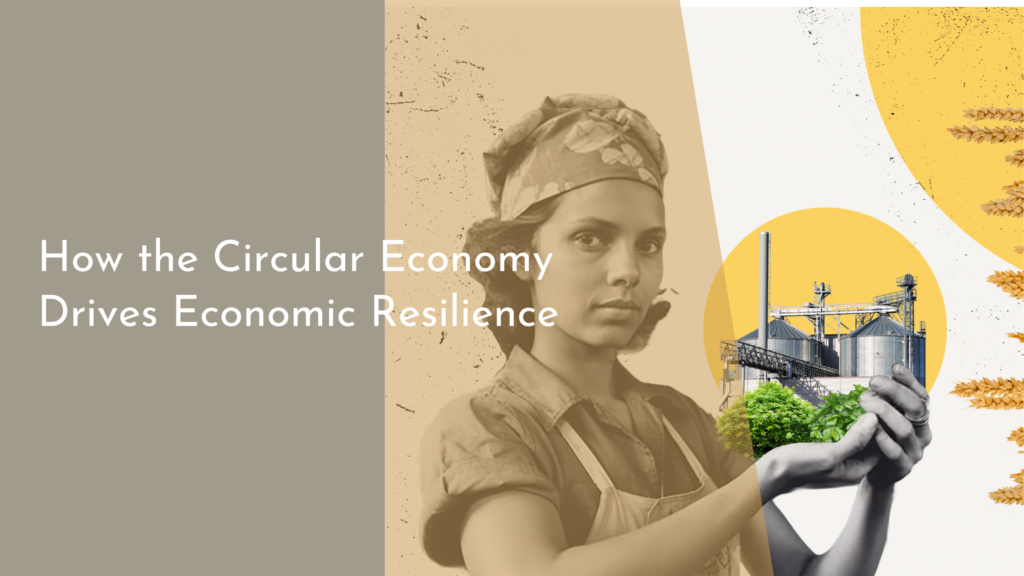Natural Pest Control Strategies for Aquatic Ecosystems
In the delicate balance of aquatic ecosystems, pests can disrupt the harmony that sustains diverse life forms. However, nature has its own toolkit for managing these challenges without resorting to harmful chemicals. By embracing natural pest control strategies, we can protect our waterways and encourage a thriving environment for both wildlife and human enjoyment. This article explores effective methods that harness the power of nature, beneficial organisms, eco-friendly techniques, and community involvement to promote healthy aquatic habitats.
Embrace Nature: Understanding Aquatic Pest Control Basics
Natural pest control in aquatic ecosystems begins with a thorough understanding of the unique dynamics at play in these environments. Aquatic pests can include invasive species, algae blooms, and harmful microorganisms that threaten fish populations and water quality. Recognizing the factors that contribute to pest proliferation, such as nutrient runoff and habitat degradation, is vital for developing effective management strategies. By focusing on maintaining the natural balance of the ecosystem, we can promote resilience against pests while fostering biodiversity.
Adopting a holistic view of pest management involves monitoring and assessing the health of aquatic habitats. Routine checks can help identify early signs of pest issues, enabling timely interventions that minimize damage. This proactive approach allows us to utilize natural cycles and relationships within ecosystems, such as predator-prey dynamics, to keep pest populations in check. By embracing nature’s wisdom, we can create sustainable solutions that benefit both the environment and local communities.
Beneficial Organisms: Allies in Aquatic Pest Management
One of the most effective strategies in natural pest control is the introduction and promotion of beneficial organisms. These allies play a crucial role in maintaining the balance of aquatic ecosystems. For instance, certain fish species, such as tilapia and grass carp, can help control the growth of invasive aquatic plants by consuming them. Additionally, predatory insects like dragonflies and damselflies keep smaller pest populations in check, ensuring that the ecosystem remains healthy and vibrant.
Incorporating these beneficial organisms into aquatic habitats can be achieved through various methods, such as creating suitable environments for their reproduction and growth. For example, establishing native plant buffers along water edges can provide shelter and breeding grounds for these organisms. By fostering a diverse community of beneficial species, we not only aid in pest management but also enhance the overall health of the ecosystem, leading to improved water quality and increased biodiversity.
Eco-Friendly Techniques: Protecting Waterways Naturally
Employing eco-friendly techniques is essential for preserving the integrity of aquatic ecosystems while managing pest populations. One such technique is the use of bioremediation, which involves introducing natural agents like bacteria and fungi to degrade pollutants and nutrients that can lead to pest outbreaks. This method not only effectively reduces pest threats but also contributes to the overall restoration of water quality, creating a healthier environment for aquatic life.
Another effective strategy is the implementation of integrated pest management (IPM), which combines various natural control methods for a comprehensive approach. This might include adjusting water flow, using physical barriers to prevent pest access, and optimizing nutrient management to reduce excess runoff. By focusing on prevention and sustainable practices, we can protect our waterways while ensuring that aquatic ecosystems thrive without relying on harmful chemicals.
Community Involvement: Promoting Healthy Aquatic Habitats
Community involvement is critical for the success of natural pest control strategies in aquatic ecosystems. Local residents can play an active role in monitoring water quality, participating in clean-up efforts, and advocating for sustainable practices that protect waterways. Educational initiatives can help raise awareness about the importance of maintaining healthy aquatic habitats and the impact of human activities on pest populations. When communities unite for a common goal, they create a powerful force for positive change.
Moreover, engaging community members in hands-on activities like habitat restoration, native plant gardening, and biodiversity workshops fosters a deeper connection to local ecosystems. As individuals become more informed and invested, they are more likely to adopt eco-friendly practices in their daily lives, contributing to the overall health of aquatic environments. By promoting collaboration and stewardship, we can build resilient communities dedicated to preserving the beauty and balance of our precious waterways.
Natural pest control strategies offer a sustainable and effective way to manage aquatic pests while nurturing vibrant ecosystems. By understanding the basics of aquatic pest control, harnessing the power of beneficial organisms, employing eco-friendly techniques, and involving communities in conservation efforts, we can help ensure the health and longevity of our waterways. Embracing these natural methods not only protects aquatic life but also enriches our own experience of nature, reminding us of the beauty and complexity of the world around us. Together, we can foster a thriving aquatic environment that benefits all living beings.

